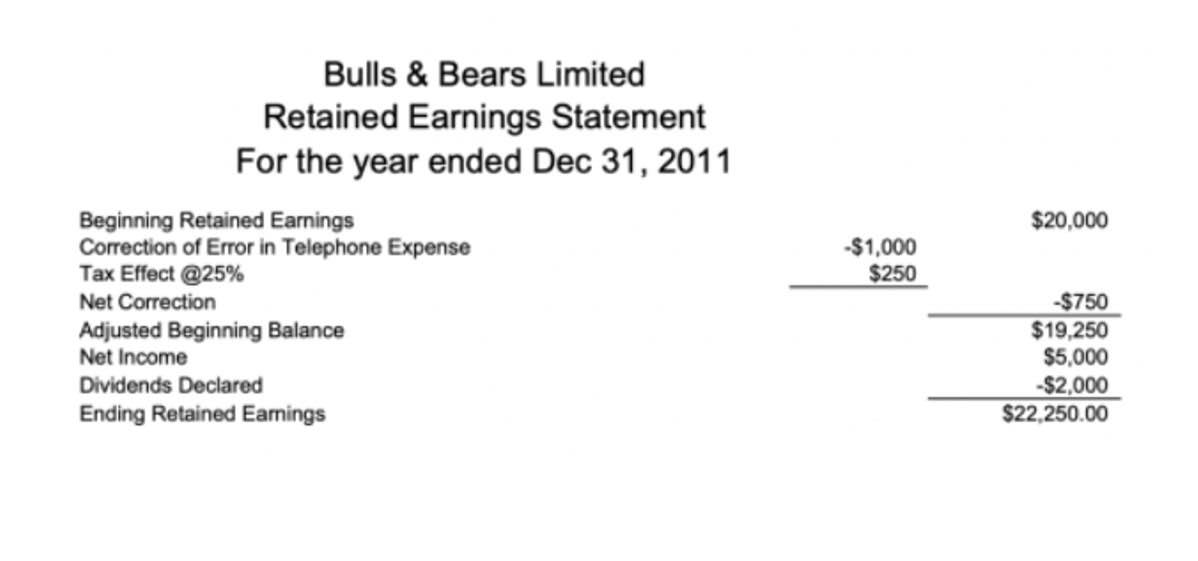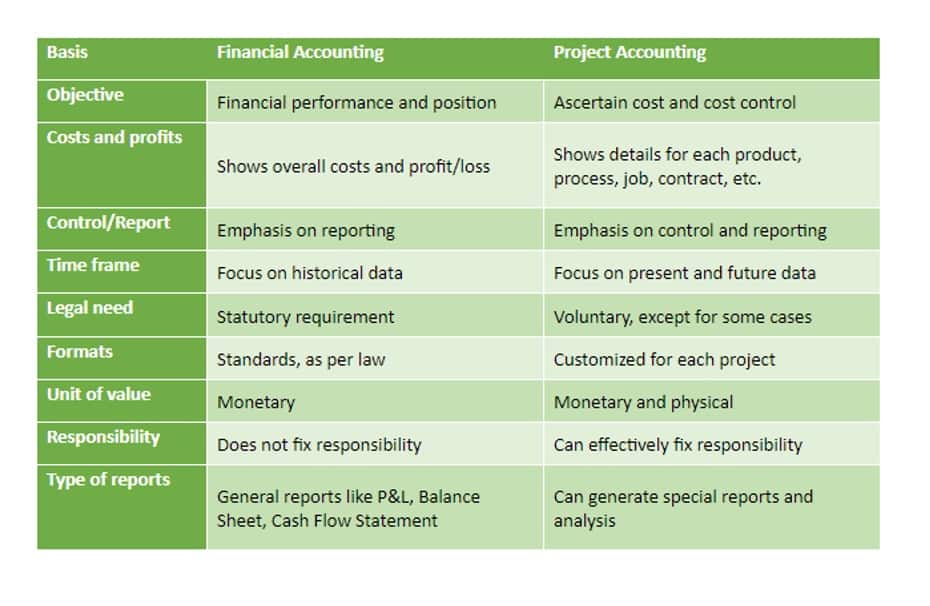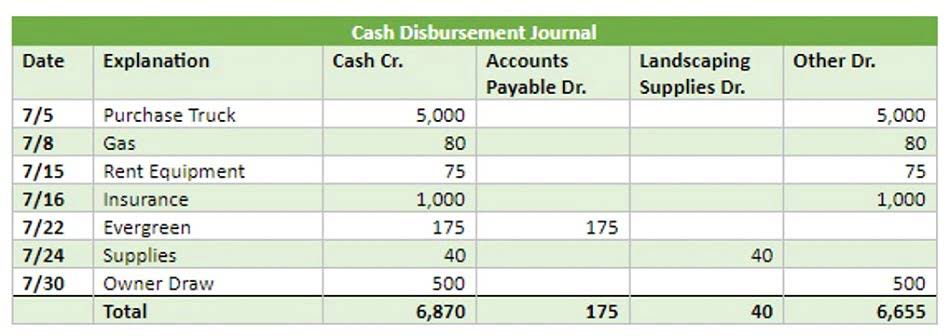First developed by a team of expert traders, the Holy Grail Indicator is based on a complex algorithm that analyzes a wide range of market data. It takes into account factors such as price action, volume, and historical trends to generate its signals. These signals can then be used to determine when to enter or exit a trade, providing traders with valuable insights into market movements. The Holy Grail 1.6 Indicator for MT4 is a powerful tool for trading the financial markets.
Leading MT5 Indicators
Before deciding to trade in any kind of financial market or financial instruments, you should carefully consider your investment objectives. The Holy Grail 1.6 Indicator MT4, a favored and freely available Forex trading indicator compatible with Meta Trader 4 (MT4), caters to both novices and seasoned traders alike. In the competitive world of forex trading, selecting a reliable ifc markets review broker… Copyright © 2025 FactSet Research Systems Inc.© 2025 TradingView, Inc.
Additionally, this tool highlights the latest issued signal on the right side of the chart. DLLs are external libraries that contain code that can be used by other programs. In the case of MT4/5 indicators, they are often used to perform complex calculations or connect to external data sources. This indicator stands out as an excellent resource for those seeking to spot potential trend shifts and effectively capitalize on them. In the dynamic realm of cryptocurrency trading, success hinges not only… The Forex market, a global arena for currency trading, is renowned…
Instead, it offers detailed backtesting reports and real-time performance tracking. Users appreciate its simplicity; even novice traders can interpret its signals without drowning cryptocurrency broker canada in complexity. Plus, its compatibility with MT4’s mobile app ensures traders stay informed, whether they’re at their desk or on the go. Profitable trading is all about your mindset, your ability to access information, and your ability to stick to your fundamental trading principles. Of course, you need an edge, but without the right mindset, even the most profitable trading strategy can lose you money.
The training programs are designed based on tools for traders of all levels, from “beginner to advanced.” By incorporating these key features into their trading strategies, traders can increase their chances of success in the markets. In conclusion, the Holy Grail Indicator is a powerful tool that can provide traders with a significant edge in the market. Its complex algorithms, adaptability, and use of multiple time frames make it a formidable tool for analyzing market data. Whether you’re a beginner or an experienced trader, incorporating the Holy Grail Indicator into your trading strategy could be the key to unlocking consistent profits. The Holy Grail Indicator works by analyzing a combination of technical indicators, such as moving averages, RSI, and MACD, to generate trading signals.
This Golden Eagle System can give you trading signals you can take as they are or add your additional chart analysis to filter the signals further, which is recommended. While traders of all experience levels can use this system, practicing trading on an MT4 demo account can be beneficial until you become consistent and confident enough to go live. The indicators produce the signals, but any decisions to enter the market and set protection or profitable exit stops will depend on the trader. Therefore, the trader must be familiar with the principles of risk and reward and use initial support and resistance areas to set entries and exits.
- Our over 15 years of experience in financial markets and high technical knowledge aid in precise and timely identifications.
- The concept behind the Holy Grail Indicator is based on the idea that successful trading relies on the ability to predict future price movements.
- MT4’s scripting language, MQL4, allows developers to create bespoke tools, giving traders access to thousands of indicators.
- It’s worth noting that some indicators may not work properly without access to their required DLLs.
- The ADX indicator is a technical indicator used to gauge the strength of a trend.
Oscillators MT5 Indicators
The key lies in understanding that success in forex hinges on a combination of technical analysis, risk management, and psychological discipline. This indicator is suitable for traders of all skill levels and across all time frames. Its versatility extends to trading multiple currency pairs within any forex trading system or strategy, for additional confirmation of trading entries or exits. One of the standout features of the Holy Grail Indicator is its lifetime access for a one-off fee. Unlike other trading tools that require ongoing subscriptions, this provides traders with a cost-effective solution to enhance their trading skills and strategies indefinitely. This lifetime access ensures that traders can continuously benefit from updates and improvements without additional costs.
Smart Money Concept – Best Strategy of Modern Traders
This trading tool displays green and red arrows above and below the candlesticks to indicate buy and sell signals. BD Indicators provides reliable,user-friendly trading indicators,offering real-time data and insights for both novice and professional traders. One group of traders focuses on the Holy Grail, while the other group of traders focuses more on managing risk.
Uptrend Conditions
Membership includes the full Relentless™ package, encompassing a wealth of resources and tools designed to support traders at every stage of their journey. This comprehensive package ensures that traders have everything they need to succeed, from educational materials to advanced trading tools. Unlike many other indicators, the Holy Grail Indicator does not re-paint. Re-painting can be a significant issue in trading, as it causes signals to change based on future data, leading to unreliable and misleading results. The Holy Grail Indicator provides consistent and accurate signals, ensuring that traders can trust the information it provides. The concept behind the Holy Grail Indicator is based on the idea that successful trading relies on the ability to predict future price movements.
These classics work well in trending or ranging markets but falter in volatile conditions. Modern traders need indicators that adapt to shifting dynamics, reduce false signals, and provide clear entry/exit points. This is where innovative solutions like the Binary Diaries Indicator enter the picture. The Holy Grail 1.6 Indicator MT4 is a signal indicator for MetaTrader 4 and is designed to display trade signals on the main chart.
MT4’s scripting language, MQL4, allows developers to create bespoke tools, giving traders access to thousands of indicators. The challenge isn’t finding an indicator—it’s finding one that aligns with your trading style and goals. The Holy Grail indicator relies on the ADX and EMA to generate signals. For a buy signal, the ADX must be at or above the 30 level, indicating a strong trend.
- It makes sense for the ADX to follow the lead of the price action and turn down.
- The Binary Diaries Indicator employs a hybrid model, merging trend-following and mean-reversion strategies.
- The highlighted sell signal is considered valid and the best entry point as it aligns with the price trend.
It takes into account current market conditions and historical data to predict future price movements. In conclusion, the Holy Grail Indicator is a valuable tool for traders looking to improve their trading strategies and make informed decisions. While it is not infallible, it can provide reliable signals and assist traders in navigating the complexities of the financial markets.
Forex Holy Grail Indicator – Golden Eagle System FREE Download
By analyzing historical data and market patterns, the HGI uses complex algorithms to generate signals that indicate when to buy or sell an asset. The Binary Diaries Indicator employs a hybrid model, merging trend-following and mean-reversion strategies. It uses color-coded alerts to signal potential entries (green) and exits (red), while a dynamic overlay highlights support/resistance levels. A 2023 case study involving EUR/USD trades showed that users who followed BD’s signals achieved a 68% win rate over six months—compared to 52% with traditional RSI-based strategies. MetaTrader 4 has remained the platform of choice for forex traders since its 2005 launch. Its user-friendly interface, customizable charts, and extensive library of indicators make it indispensable.
Key Features:
Trading Leveraged Products like Forex and Derivatives might not be suitable for all investors as they carry a high degree of risk to your capital. For those who want to delve deeper into how the Holy Grail Indicator works and its numerous benefits, there is a comprehensive video explanation available. This video breaks down the features and functionality of the indicator, making it easier for traders to understand how to use it effectively and maximize its potential. Years of rigorous research and testing underpin the Holy Grail Indicator, ensuring its reliability and effectiveness. This dedication to development means that traders can trust the indicator to deliver consistent results, helping them make informed decisions and improve their trading performance. No single indicator guarantees success, but combining reliable tools like Binary Diaries Indicator with sound strategy improves odds.
In the vast and ever-evolving landscape of forex trading, mastering the… To enter any of these for free, please submit your full name, address, and proof of address to our business address, which can be found on Companies House. Terms and conditions apply; entrants must be 18+ to enter, with lexatrade review one entry per household per giveaway.
It is important to note that it is not a foolproof system and can sometimes generate false signals. Additionally, it may not be effective in certain market conditions or for certain financial instruments. Traders should always use their own judgment and consider other factors when making trading decisions. The Holy Grail Indicator is a trading tool that uses advanced algorithms to analyze market data and provide buy and sell signals for various financial instruments. When using the Holy Grail Indicator, it’s important to note that no indicator can guarantee 100% accuracy.
Golden Eagle System caters to various trading styles, including scalping, day trading, and long-term trading. The Holy Grail Indicator from Relentless is more than just a trading tool; it’s a gateway to accelerated learning and success in the financial markets. With lifetime access, a unique strategy, and comprehensive support, it provides traders with everything they need to fast-track their journey to market mastery. Coupled with the prop firm and a supportive community, traders can confidently progress from beginners to professionals, all under one roof.
























